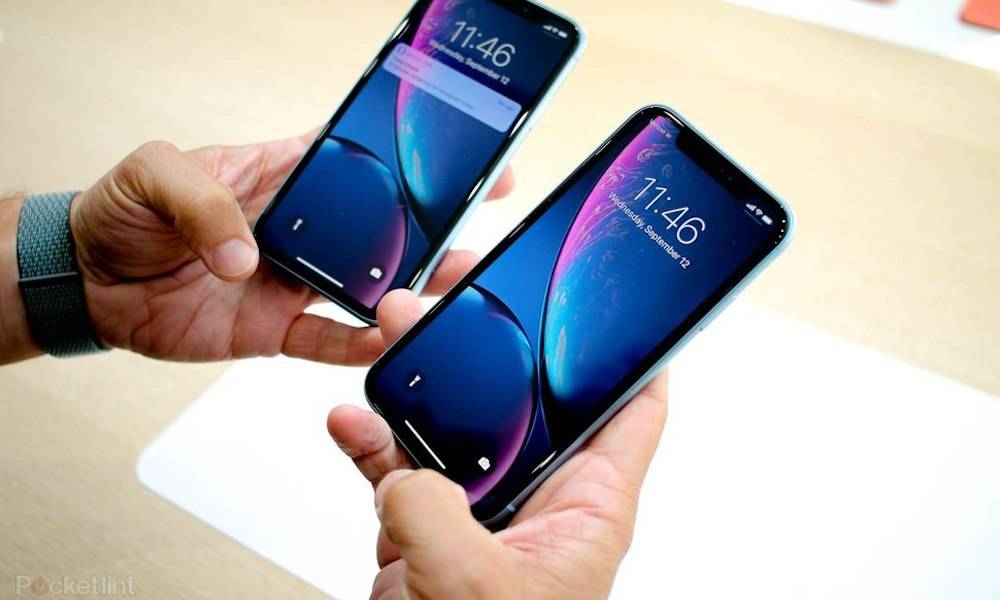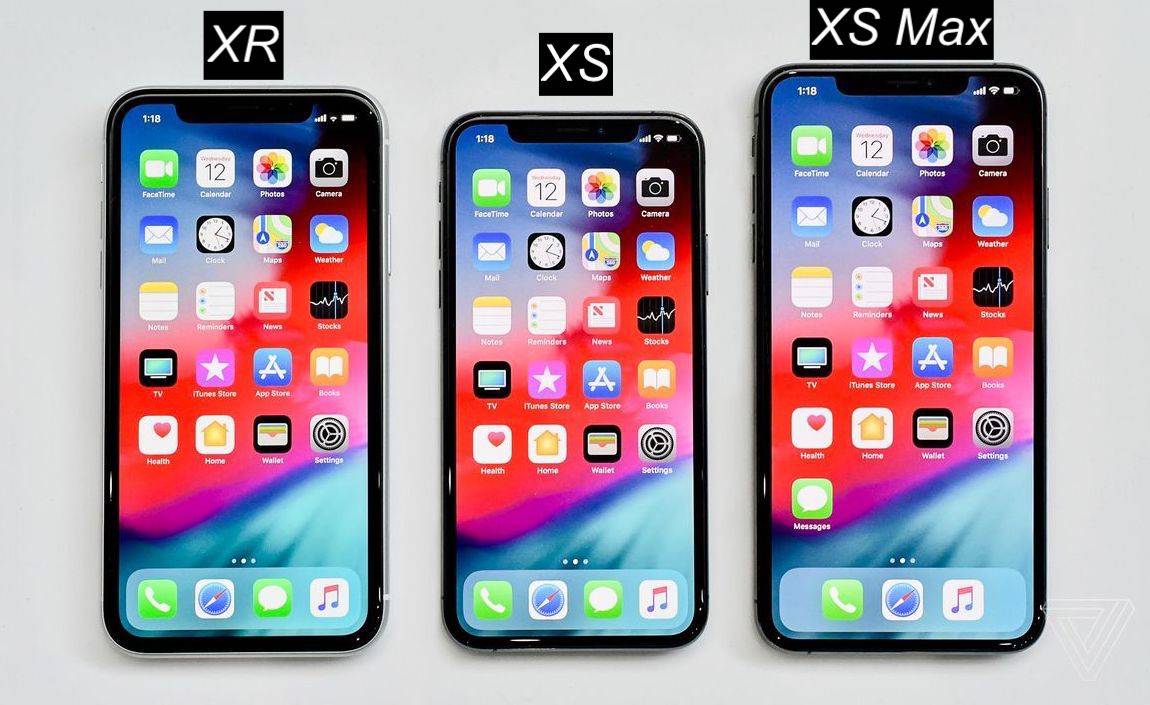OLED iPhones vs LCD iPhones: Will You Really Notice a Difference?
 Credit: Apple
Credit: AppleToggle Dark Mode
If you’re considering a new iPhone this year, you and many other consumers may be considering the differences between the $749 XR and $999 XS (or XS Max, if you like big phones and cannot lie).
One of the biggest differences between the phone designs is the display. The XR gets an LCD Liquid Retina Display, while the XS gets an OLED screen. This is one of the biggest reasons why the XS costs so much more than the XR. But what does that mean?
What’s the real difference between the two screens, and will you notice it during your daily iPhone use? Let’s take a closer look at the two types of screens and what they bring to the table.
LCD
LCD stands for Liquid Crystal Display, the technology that made all our flat screens possible. An LCD panel is filled with manufactured crystals suspended in liquid. When a source of light – a secondary panel of LED (Light Emitting Diode) lights in this case – shines through the panel of crystals, the light is refracted and comes out in colors. Electrical fields can shift the crystals and cause them to produce different color, pixel by pixel.

Apple boasts that the XR has the “most advanced LCD in the industry” but it’s still based on this technology. The benefit to using LCD screens on today’s phones is that manufacturing LCD panels has become very efficient, so it’s easy to produce even advanced LCDs at a low cost. And considering LCD screens are all around us in daily life, buyers have a good idea of what they’re getting.
The downside to LCDs is that they always need an external source of light – the backlight – so people can see the colors. The XR uses an advanced LED panel for this, which is basically the best illumination an LCD screen can hope for.
OLED
OLED stands for Organic Light Emitting Diode, and it’s a much newer technology than LCD. Imagine if someone said, “Instead of lighting the LCD panel, why don’t we just give the light itself the ability to change color in a similar way?” That’s what an OLED screen accomplishes. The electrical current charged through the screen allows the pixels to both change and produce their own light at the same time, so there’s no need for a backlight.

From a technical standpoint, OLED does look better: The blacks in particular tend to be much darker than LCD, and all the colors tend to have a sharp, luminous appearance. Since the OLED screens only need one panel, they can also be thinner than LCDs, although this is harder to notice on phones.
The key is precisely how the OLED pixels are created and arranged on the iPhone X. Apple hasn’t stated anything except that it’s a “custom OLED,” which isn’t very informative. Fortunately, experts have done studies on the first iPhone X OLED screen (built by Samsung) and found that uses a diamond-like PenTile arrangement. This arrangement is not used on OLED TVs, just smaller screens. It sacrifices some colors to fit more OLED pixels on a smaller space.
Basically, this means that an OLED phone is not as high-quality as an OLED TV because of compressed pixels, although the difference may be difficult to see with the human eye.
Bottom Line

Will you notice a difference in person? Yes. Is it a big difference? Not as big as the difference between LCD and OLED TVs, but it’s still there. However, what really matters is how you use your phone. If you consume a lot of media on your iPhone, like photos and video, then the OLED screen would be an important upgrade. If you use your phone more casually or professionally, the difference probably isn’t large enough to matter.






